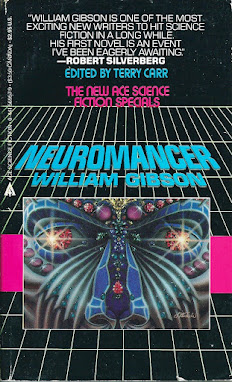The Myron Fass Fan Club
Jeff Goodman was a staffer at Countrywide Publications, the publishing company run by schlock magazine mogul Myron Fass (March 29, 1926 - September 14, 2006).
Fass started in print media in the 1950s as an artist in comic books, before teaming up early in the 1960s with Stanley Harris to create a line of girlie magazines.
Fass's stance of churning out magazines to emulate whatever else on the newsstands was selling well, was highly successful. During the 1970s and on into the 1980s, Countrywide titles devoted to horror, crime, UFOs, and all manner of ephemeral pop culture phenomena made the company one of the nation's most lucrative magazine publishers. In the mid-80s Fass moved to Florida and, using the name 'Merion Riley-Foss', launched a new magazine venture under the rubric of a company titled 'Creative Arts'. Fass died at age 80 in Fort Lauderdale.
Goodman maintains a Facebook page devoted to Fass and the schlock magazine publishing industry. He provides lots of vintage photographs, observations, and anecdotes about the personalities that worked at Countrywide and in print media at large during the 70s, 80s and 90s.
Goodman's remarks often are humorous and affectionate, but at times, filled with pathos, too. This is his reminiscence of a late 1990s encounter with Penthouse publisher Bob Guccione's wife, and the editor of Omni magazine, Kathy Keeton:
One day I was at Guccione's Upstate NY mansion. I used to buy stolen bottles of wine from a Saint Mark's Place crackhead, and he sold me a crazy expensive bottle of Chateau d'Yquem for $10. I brought it to Guccione's house. He made a pasta lunch and I gave him the bottle of Chateau d'Yquem. From that moment on, my standing was highly elevated with Guccione.
I was walking around the house during an afternoon. It was terrible hot, a broiling summer day. I came across Kathy Keeton pulling weeds from her vegetable garden. She was furiously pulling the weeds, robotically, like a mad woman. She was drenched in sweat.
"I have all this." she said, pointing at the mansion, the pool, the gardens. "I have what I wanted and I'm going to die. I have cancer. Why am I going to die?"
Then she went back to furiously pulling weeds. I said something probably silly, something like "You never know what will happen. These things don't always go the way that doctors tell you."
I didn't know anything about cancer at the time. She didn't look sick. I don't really remember the rest of the day. I thought about this all that week.
A few months later, I saw Kathy Keeton on a TV show and she talked about how she was cured. She had hooked up with some quack who was giving her some sort of chemical that was a component of rocket fuel called hydrazine sulfate. She was beaming, she was sure she had been cured by the rocket fuel.
She dropped dead a week later.



























































.jpg)

















